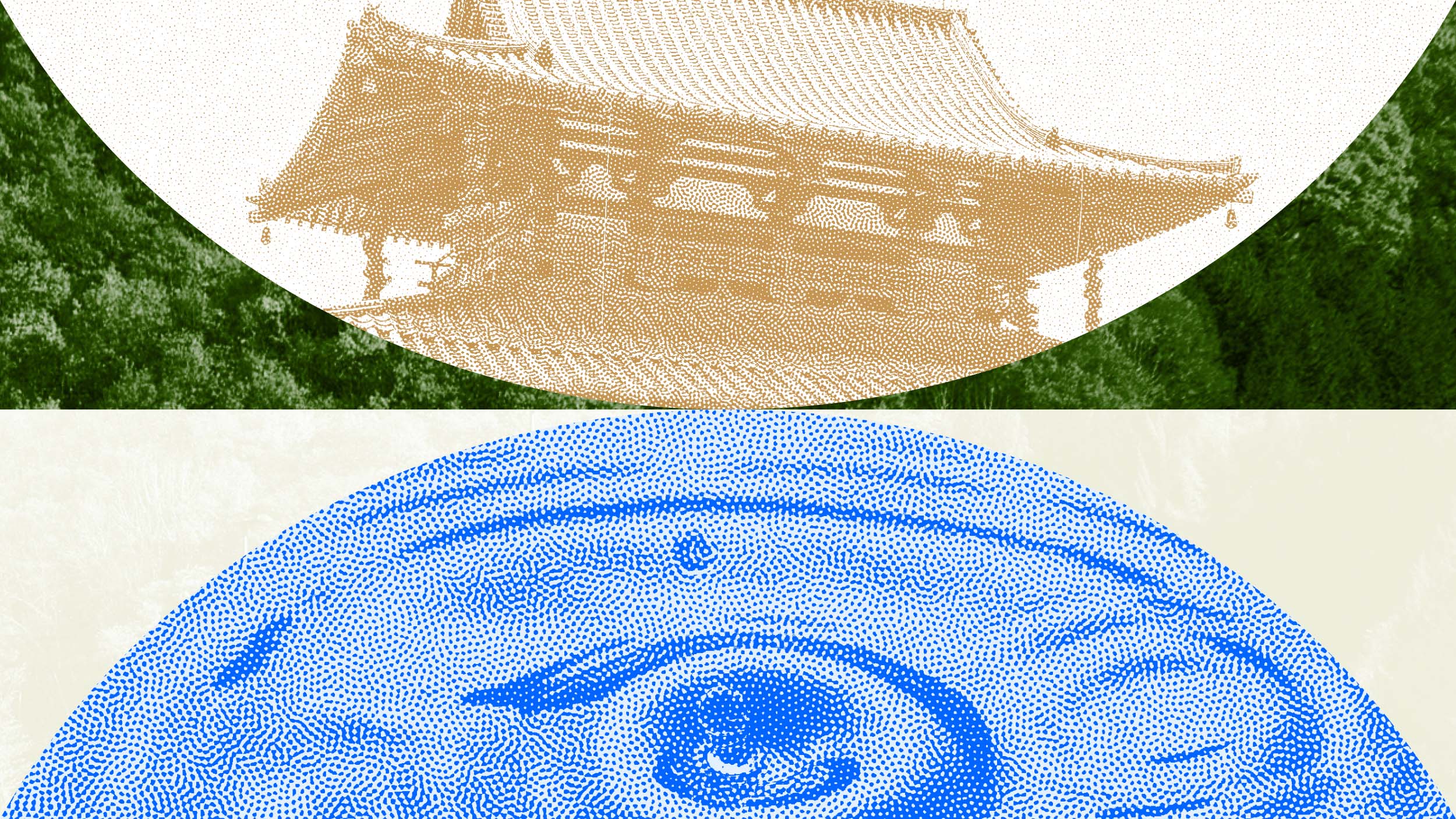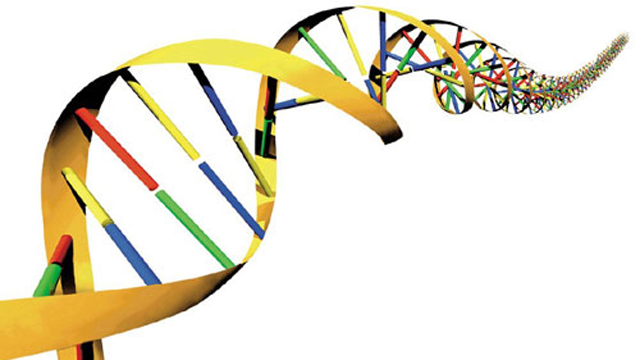How a Professor Keeps Up with Media Trends

As a follow up to his guest post yesterday on the prospects for independent book stores, I asked Paul D’Angelo, a communication professor at the College of New Jersey, his approach–apart from his formal research–for keeping up with quickly changing media industry trends. His reply I find very useful and I wanted to share it with readers–Matthew Nisbet.
I’ve been teaching an intro to mass communication course for about 15 years now, and during that period, I’ve gotten more and more into reading trade publications. I used to subscribe to several print trade mags (e.g., Editor & Publisher, Publisher’s Weekly, Broadcasting & Cable), but it all got prohibitively expensive. So now I use MediaPost as my pivot point because it’s free and because it offers a great portal to a host of really insightful reporters and bloggers in all facets of all the old and new media.
Wading through the MediaPost publications that are sent to my account each day is time consuming (just printing out the articles for different files is a lot of work). But it pays off in the classroom. I even have each student write a “trade paper” during the semester.
Anyway, my main strategy is to use trade articles to help me understand the seven old media in terms of production-distribution-exhibition (the P, D, and E of old media, as I tell my students). From there, we look at ways that digital technologies have become part of the P, D, and E of all of the old media. This necessitates looking at 21 different permutations of new media–re: digital technologies that are involved in the P, D, and E of the seven old media. The really interesting question concerns whether the internet and its graphical web interface is a true 8th media industry.
I am leaning more and more to thinking that it is. At the very least, we are transitioning to a point where it will be. One reason is that the web has profoundly changed the business models of the old media. And one facet of this change is a shift in exhibition (re: how one encounters and acquires the product, be it going to and watching a movie in a theater, browsing and buying books in a bookstore, etc.) from atoms to bits.
For my guest post on independent book stores, I simply followed this line of argument in the book industry, focusing mainly on the exhibition side of the industry, which, naturally, touches on the P and E aspects as well.
To me, Amazon is the pivot point in the change from print to digital books. Why? Because (a) it sells many printed book on the website, which (b) loosens the association of going to a brick and mortar store with buying a book. In addition, (c) Amazon is a leader in promoting what is now the second generation of e-book readers (the first generation petered out in the late 1990s); this development (d) slowly builds the association in peoples’ minds that a book is a collection of bits that can be transferred online, particularly since (e) we have already (at least in US) crossed the threshold in which more than half of the individuals who subscribe to an ISP have a high-speed internet connection on their computers, with mobile catching on quickly as well.
In a sense, what is already happening to CDs (re: they are being replaced by mp3 files) will in time happen to books. This is not to say that I personally am enamored with this trend. I do not own one of the e-book readers (e.g., the main ones being Sony Reader, Amazon Kindle, B&Ns Nook and Apple’s iPad), and don’t foresee a time when I will. But, in time, there will be little choice but to do so because of the marketplace shift from selling atoms to selling bits.
–Guest post by Paul D’Angelo.





